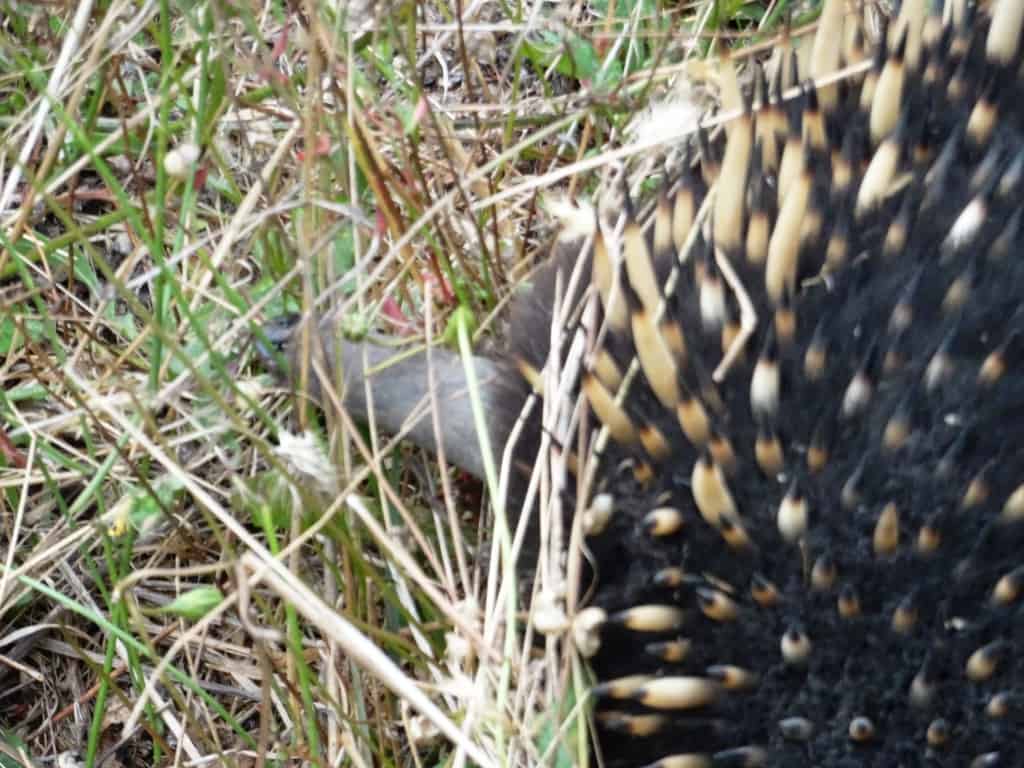Was once the bushman’s standy-by. It is usually abundant, enormously varied, relatively easily to take, involves little waste or preparation and is often tasty and nutritious. Of course much of it is also illegal. You will notice though that in my post about the journey to Cromarty not so long ago everyone used to take a rifle to obtain extra food on the journey.

It is a bizarre contradiction really that the folks (who require such bans and who mandate such poor management of public lands through ‘conservation’ strategies such as National Parks) should also be responsible thereby for the episodic vastly destructive wildfires which are so destructive of such wildlife – whilst the larger animals (deemed pests by the same folk) such as deer and brumbies survive better.
Where (and when) game is plentiful though (and only being reserved for the next apocalyptic inferno anyway) and considering 90+% of every season’s annual production would normally only perish over the lean seasons of winter/summer through starvation also, I see no rational reason why one’s larder ought not be supplemented with it – as it always used to be.
It takes (perhaps) more skill and/or heavier weapons/tools to take large game, and there is inevitable waste through spoilage as only a bigger group can make timely use of a large carcass. Of course there have ever been many creatures who make good use of what you leave: raptors, corvids, quolls (once) dingoes the introduced fox) etc. There are plenty of eyes watching out for your leavings, or for you if you fall by the wayside!

There is not much that can beat animal protein and fat as an important dietary component. As an ultralight hiker you can drastically reduce what you need to carry in (and indefinitely extend your trip) by harvesting some of nature’s bounty.
It is an important survival skill anyway just in case you are ever lost or marooned somewhere – just like the ability to make a lean-to (a wigwam – the three-legged shelter is best), a bough bed, where to find water, how to light a fire (particularly in the wet), how to stay warm and dry, etc.
I take an ultralight fishing kit as a matter of course as you can’t beat fresh fish, crays or yabbies as a supplement to your dehydrated food – and they are still (usually) legal. They go so well with the supermarket eg Continental pasta, rice and couscous meals for example. Just the addition of that little bit of protein makes a banquet out of what would otherwise be a bland meal.
Of course (see links below) you can make a snare or carry a sling, or a light slingshot such as a shanghai which all utilise readily available stones (which the Stone Age did not end due to a shortage of), or even a pack rifle or light shotgun, but lots of small game can be taken with just your hands or the aid of sticks and stones you pick up along the way.
I am thinking also of echidnas, possums, bandicoots (if you can still find them) rabbits, goannas, water dragons, snakes, ducks, parrots, pigeons – birds generally, worms, insects and insect larvae, small wallabies. As I said, most places (but not everywhere – or for everyone!) it is illegal to take most of them, but if you are just harvesting a resource rather than stripping the land bare of game I really don’t see the problem. The law is often an ass, and the people who make it and require it even moreso. There is not much I have not eaten sometime – bush food is good tucker!

Practically anywhere in the Australian bush (if there has not been a wildfire!) if you roll over a couple of logs you will quickly have a handful of insect larvae (a variety of witchetty grubs) scrubworms – and the like. Such beetle larvae (for example) are high in fats and protein. 100 grams will be sufficient for your daily nutritional requirements of these essentials.
You could grow fat yourself on a half-hour’s ‘catch a day! Most can be eaten raw but food value is often improved by some cooking. A BTW The heart of the ubiquitous tree fern is a large source of carbohydrate (best baked) but unfortunately taking it kills the plants, so it should only be done at need. There are many other sources of carbohydrate however.
Water is also usually plentiful, so there is little danger of thirsting or starving to death no matter how protracted your stay. Here is a link (via an important tool) to survival water sources. You might also read this: The Compleat Survival Guide and this: Hatchet. Of course it is a good idea to have something to boil water in (an innovation first brought to Australia by Europeans) and to cook your food with. See Cookset Solutions.
See Also:
Ghost Shrimp and Other Small Fry
